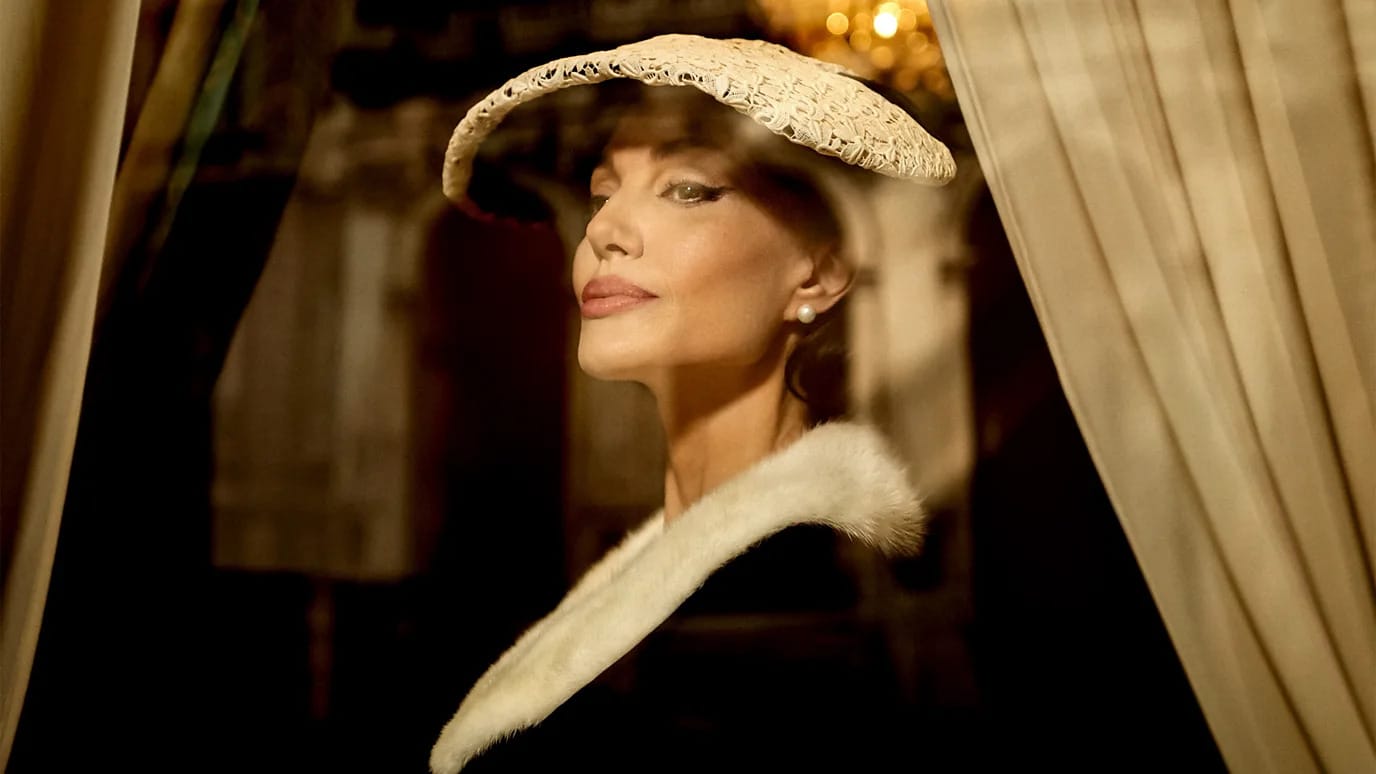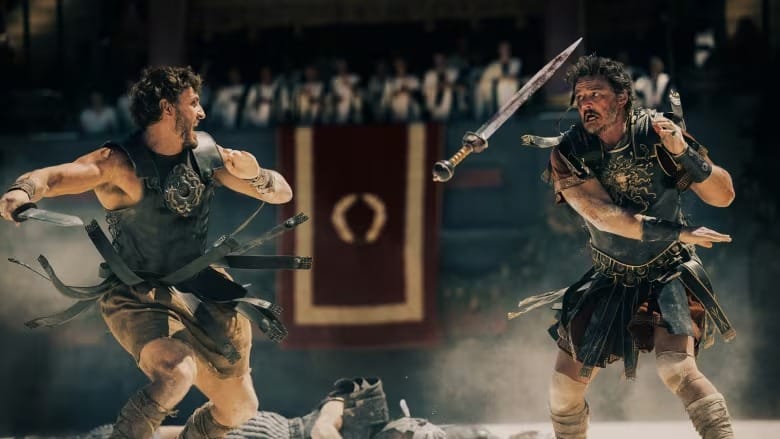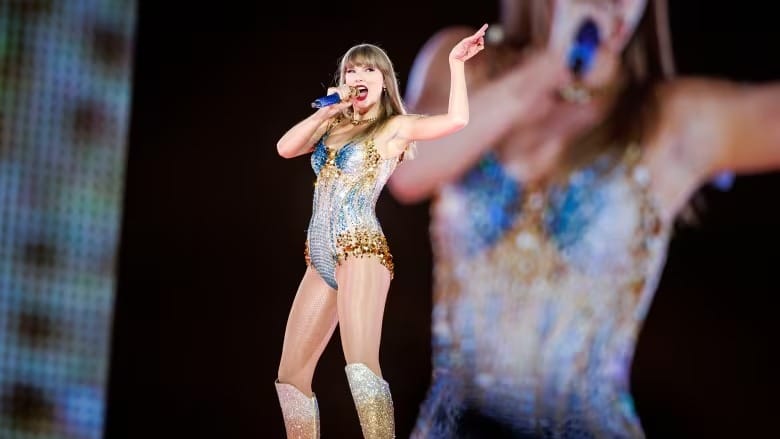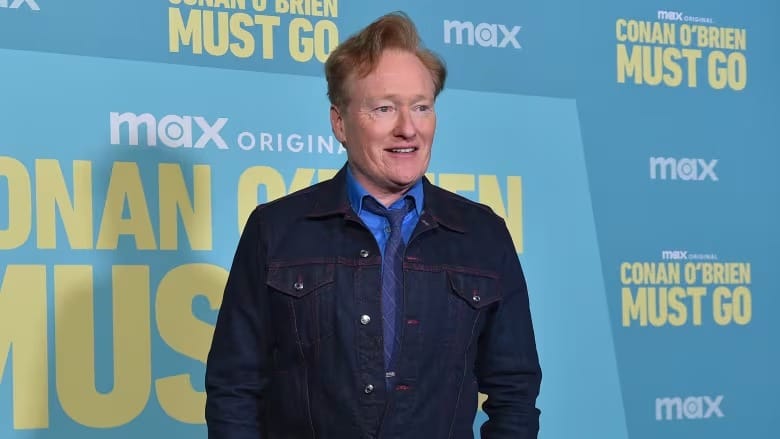Maria movie review: Angelina Jolie stars in Pablo Larraín's biographical picture about Maria Callas, which is "too adoring and reverential"
Written by Steven Knight, who also wrote Spencer, the film begins in 1977 Paris with the removal of Callas's body from her opulent apartment—a somewhat clichéd opening for a biopic.

Pablo Larraín's cinematic focus on glamorous and wealthy women of the 20th century continues with his latest film, Maria.
This follows his previous fact-based dramas, Jackie (2016), featuring Natalie Portman as Jacqueline Kennedy Onassis, and Spencer (2021), starring Kristen Stewart as Princess Diana.
In Maria, Angelina Jolie portrays Maria Callas, one of history's most renowned opera sopranos.
Both Callas and Kennedy were romantically linked to Aristotle Onassis, creating another thematic connection between these films, though Portman does not make a cameo as Jackie O.
Unlike Jackie and Spencer, which offered unique perspectives on their subjects, Maria struggles to define its focus clearly.
Written by Steven Knight, who also wrote Spencer, the film begins in 1977 Paris with the removal of Callas's body from her opulent apartment—a somewhat clichéd opening for a biopic.
The story then rewinds a week to depict her final days.
By this time, Callas has retired from performing and is under the care of her dedicated butler (Pierfrancesco Favino) and housekeeper (Alba Rohrwacher), who are attentive despite her quirky demand to have her grand piano moved daily.
In the film, Callas's butler—arguably the most poignant character—insists she see a doctor for her excessive pill use, but she has other plans.
She visits an opera house, hoping to revive her ailing voice (Jolie's performance is blended with recordings of Callas), and schedules an in-depth interview with a television crew.
When asked by her butler if the crew is real, the answer is no. The crew members are hallucinations, and although Callas is aware they are not real, she engages with them, walking through Paris and conversing with a fictitious interviewer (Kodi Smit-McPhee), whom she names after a pill, Mandrax.
This fabricated interview serves as a device for Larraín to revisit episodes from Callas’s past, portrayed in various aspect ratios and black and white.
We witness her singing for Nazi officers in Greece during World War Two and her show-stealing last-minute performance in Venice in 1949, reminiscent of Leonard Bernstein’s big break in Bradley Cooper's Maestro (though Larraín wisely avoids adding a false nose to Jolie).
The film primarily focuses on Callas’s relationship with Onassis (Haluk Bilginer), which starts at a 1957 cocktail party where Onassis boasts about their future together, even in the presence of Callas's husband. In 1977, Callas claims that Onassis's ghost visits her nightly, suggesting she remained fixated on him until the end.
While Maria Callas’s own achievements and struggles deserve attention, the film’s emphasis on her romance with Onassis feels more like melodrama than a tribute to her illustrious career.





